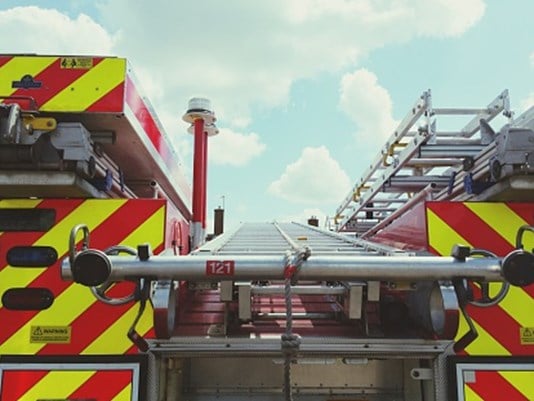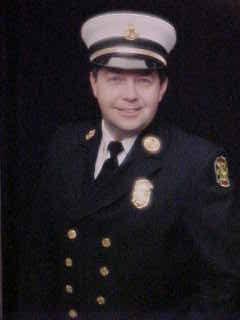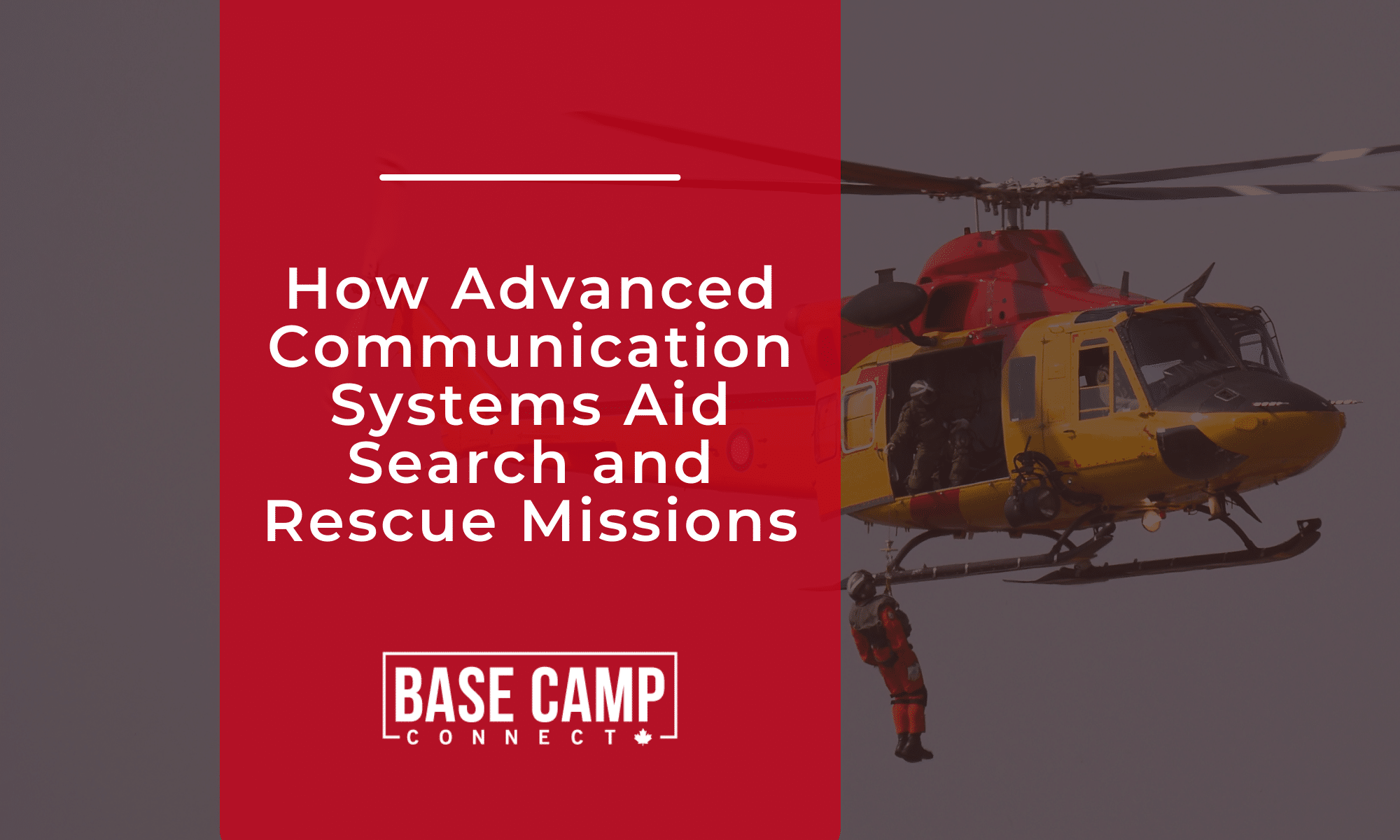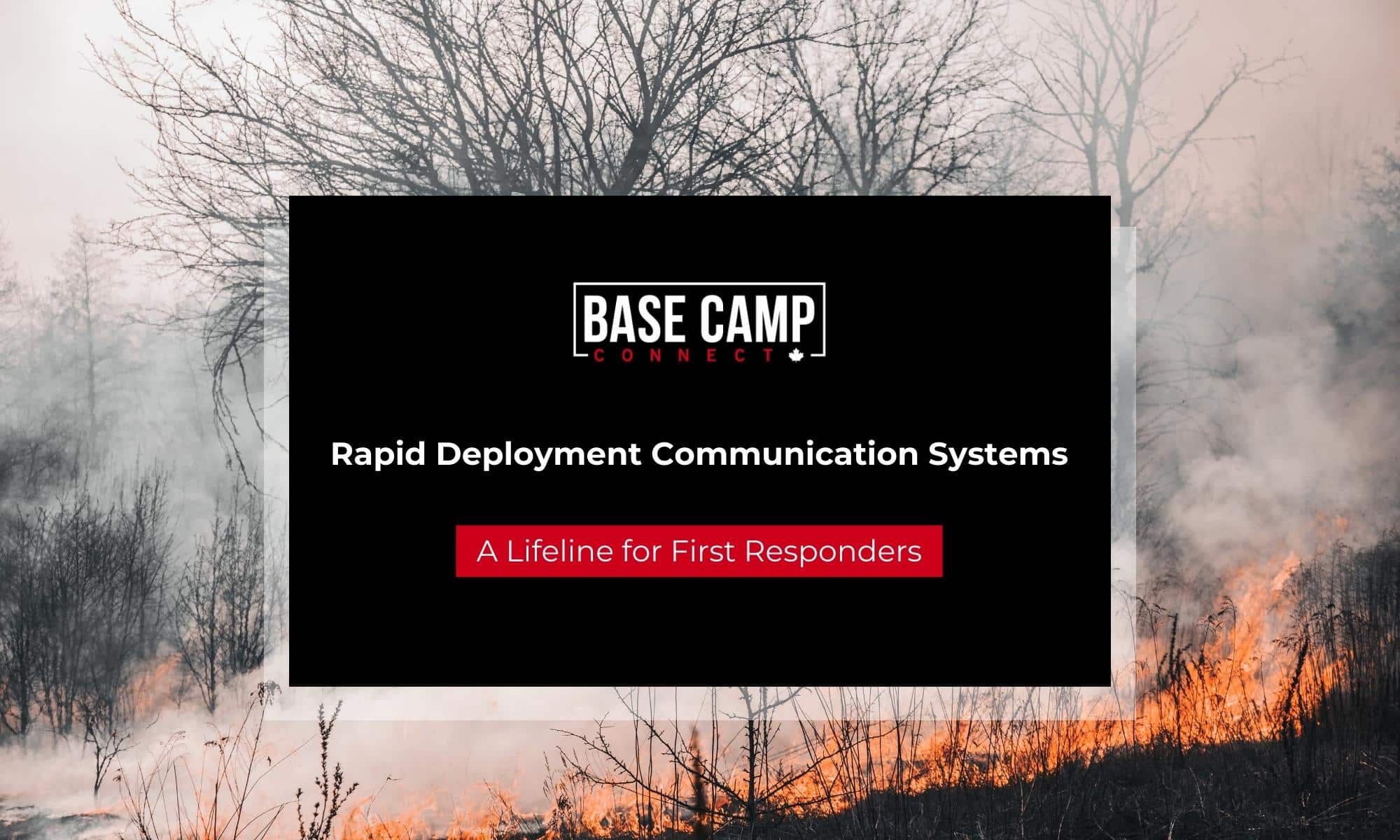Fire chiefs are facing new challenges on top of the ever present-ones that they have been faced with for years. The world is changing. So has social media and communications in and around the fire service. It goes without say that every department needs to have a social media policy in place to cover all of the possible uses and misuses of what is being posted and talked about regarding the department.
Former Deputy Fire Chief and Lawyer Curt Varone has been kept very busy lately writing about all of the firefighters that have been getting in trouble posting things online about the events that are happening around the country. Some of these posts have cost some of these firefighters their jobs. Most firefighters think they can write something online, especially when they are off duty, and be safe from any repercussion that may come from it. They feel like they have the freedom of speech to say whatever they want and not be held accountable for it. Well, this may not always be true. Depending on what you say, who you say it about, and how you say it can be a career ending move.

Fire chiefs must take the time to develop a social media policy. They must make sure everyone in the department knows what it is and how it will be enforced. Lately, there have been incidents where firefighters have taken and posted pictures of the victims at accident scenes. To most of us, it sounds like a bad idea. They did it and now they are looking for a new job. Just because you have access to this type of visual information does not give you the right to take pictures of it and share it. The same hold true for when a firefighter is injured at a fire and one of his brother firefighter calls his wife or girlfriend to “inform them” instead of letting the department do their job of making the notification and ensuring that this person provided with a safe ride to the hospital. This has happened where a firefighter called the wife of an injured member and told her that he was hurt and going to hospital “A” and he was actually taken to hospital “B”. When the chief called to inform her, she was not home and was driving to the wrong location; how did this help the situation?

I would like to switch gears and talk about the issue of Money. Money is the major item that all departments need to operate with. It seems like there is never enough money to do everything that has to be done and everything that we would like to do. The budget is mostly broken down into 3 big pieces: payroll, operations cost, and capital. The payroll is pretty much defined for the year but work done in overtime can be a moderator. Depending on injuries and unplanned retirements, that drop the working groups counts, a departments budget can take a big hit on the overtime account to keep the companies staffed. The burn rate on an overtime account has to be closely watched. A fire chief cannot spend money he does not have. When the well runs dry and if he is unable to obtain additional overtime money, the fire chief will have to make some decisions that may end up closing stations and putting trucks out of service.
Money to hire new firefighters is also tough to come by. Many departments have reached out to the federal government through the SAFER Act to obtain funds to hire new firefighters. The department that is planning to go on this route needs to understand what is required to properly administrate these funds and program requirements that come with the money. There is a lot of paperwork requirements for the tracking of the money used in any grant program and the SAFER Grant is funding for only a 2-year period. There is no matching funds requirement, but much though has to be placed on what will happen in 2 years when that money is gone. Will the department be able at that time to absorb those position into the regular department budget? A department requesting this grant has to show the federal government where the city/town receives all of its funding and show how much of it is being put towards the fire department and how it will be spent.
A department will need to show the federal government that there is a need for this money because the department is not measuring up to the national standards on fire department operations which comes under NFPA 1710 for Career departments and 1720 for Volunteer departments. The standard is defined as:
This standard specifies requirements for effective and efficient organization and deployment of fire suppression operations, emergency medical operations, and special operations to the public by career fire departments to protect citizens and the occupational safety and health of fire department employees.
To be able to show that a department is in need of these funds you must do your homework and let the NFPA standards like 1710, 1720, 1500 and others help you defend your case that you need the manpower on the trucks to be able to do the job safely and professionally every time.
The other federal funding source for fire departments if the Assistance to Firefighters Grant that can be used for a number of different purposes other than manpower. You can apply to purchase fire trucks, turn-out gear, SCBA’s, and training. The AFG program does have a cost sharing part to it depending on the population of your city. You may have to come up with 5-15% of the total grant. As an example, if your department covers a city with a population between 20,000 and 100,000 citizens then your cost share will be 10% of the grant. That means that if you are asking for $150,000 in equipment, you will have to be able to cover $15,000 and the grant will cover the $135,000 leftover. You need to be sure that you can cover your end of the project before you start the process. You also need to make sure to have the proper clearance from the city government to be able to accept the money if it is granted. Take the time, do your homework, and use the website’s self-evaluation and cost share calculators for assistance.
If you’re interested in firefighter challenges, you should read Top 3 Articles Every Firefighter should read.














